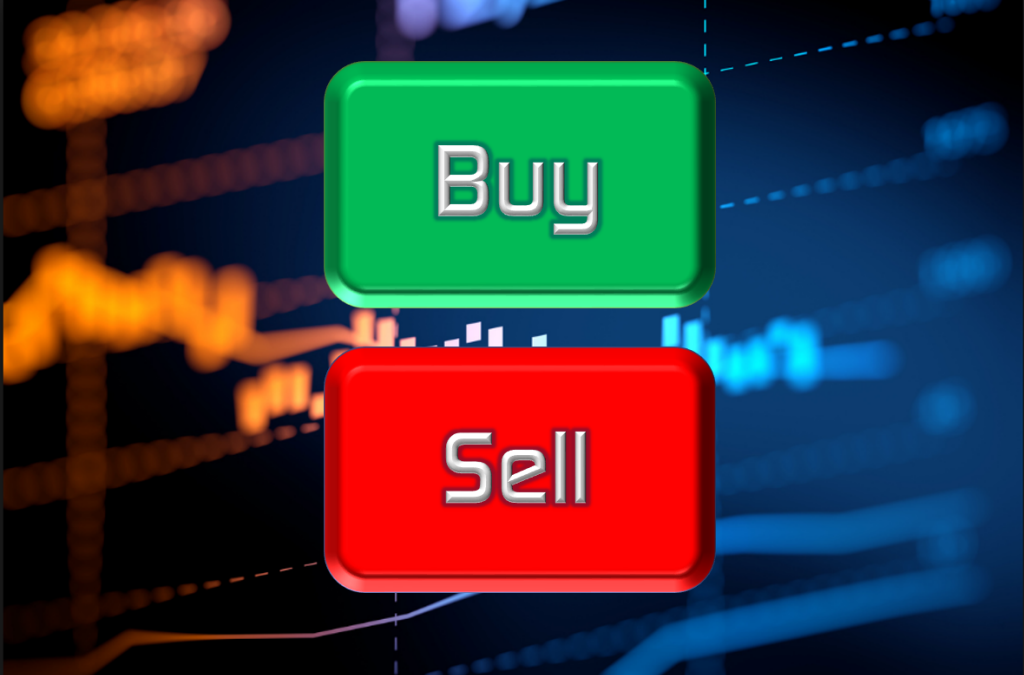Knowing where the institutional forex orders are can determine the price action we see
Who are the players?
The big market players, like banks and institutions, drive the forex market prices. They do this by executing orders in the market that are of big enough size that they can move the price. These amounts can range from a few million to billions.
What are orders?
‘Orders’ are instructions to execute a trade at a particular price, time or venue such as fixings (oil, equities, options, index reweighting contracts). Banks and institutions don’t just execute trades at the current price, they can get instructions from clients to enter trades at levels above or below the spot price. If a buy order is placed, this is a ‘bid’, and an order to sell is an ‘offer’. Once again, these orders can range in size from small to very large. These orders, and the prices they are set at, can be derived from many different reasons. For example, orders may be for clients who need to do an FX transaction for their business. They could be orders for other departments of the bank, or they could even be orders based on levels that come from technical analysis indicators.
How do orders affect the market?
An accumulation of orders at certain price levels can sometimes create an effective barrier that stops or slows the price from going beyond. In some cases, if the opposing orders are big enough, it can even cause a price to reverse. The opposite is true too. Big orders can force prices to move through strong support or resistance levels.
To use an example, let’s say the Euro is rallying strongly from 1.1900 towards 1.2000. We hear, or platforms show, that there are some very big offers in and around the area, of 1.1990-1.2000. If the offers are bigger in size than the buyers have the appetite for, the buyers will be swamped and all their bids/buys will be swallowed up by the sellers/offers. At some point all the buyers will disappear and only sellers will remain, and thus the price will fall back until they in turn, meet the next batch of buyers below. Depending on the flow, that might be 5 pips away or 50. It all depends on what size bids came into the market underneath as the rally took the price higher. Using this case, we can sometimes see a snowball effect as the buyers now see that the sellers are too strong and so they look to exit their longs and start selling themselves.
How can we trade these orders?
That’s the million-dollar question. Some traders have great success using these orders. If they hear there’s big bids or offers at certain levels, they will place orders, or execute trades just in front of those orders, and then use those big orders as their stop level or place it just below/above. However, because we don’t usually know the exact size of the orders (because that’s not public knowledge), there’s no way in telling whether the orders will have the desired effect.
Here are some further things to note about orders;
- Orders can be changed at any time. They can be increased, decreased or pulled at any time
- There is no obligation for banks or institutions to show all the total order size for any order or customer.
- Very big orders can be drip fed into the market in ‘clips’
- Single orders can be placed in different price increments, or price execution levels and timing can be discretionary
- Many orders can be pulled surrounding important data or economic events, and placed back again after. One of the reasons we can see volatile moves over data points is due to the lack of order liquidity
- Orders can be targeted by big players, with the emphasis on triggering stops
- Fixing times are prone to see a larger number of orders come into the market.
The order flow is hugely important as it is the lifeblood of the market. Orders we hear and post about can come from banks, large financial institutions, or other sources trading on the interbank or other markets.
Due to the secretive nature of order flow information, it should not be relied upon as a pure trading strategy but as part of your overall day-to day trading information base. Any information we provide is subject to our site Terms & Conditions.
For the latest information on forex market orders and flow, join the ForexFlow Trading Platform.
- The last NFP competition of 2022 - December 1, 2022
- Will this month’s US NFP be a horror show? - October 4, 2022
- US NFP competition – Do you think there’s going to be a turn in the US jobs market? - August 31, 2022

